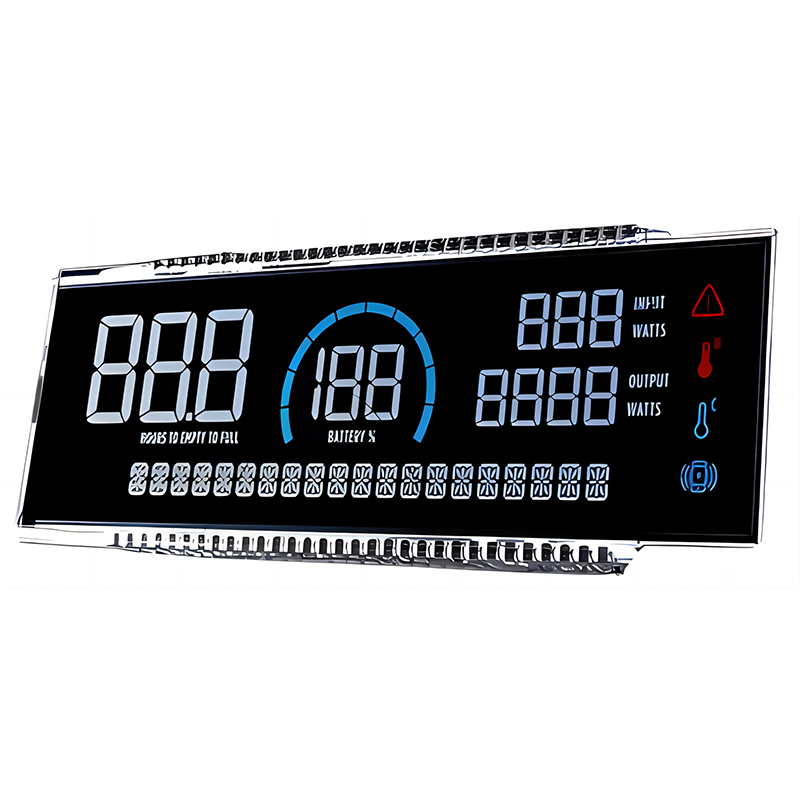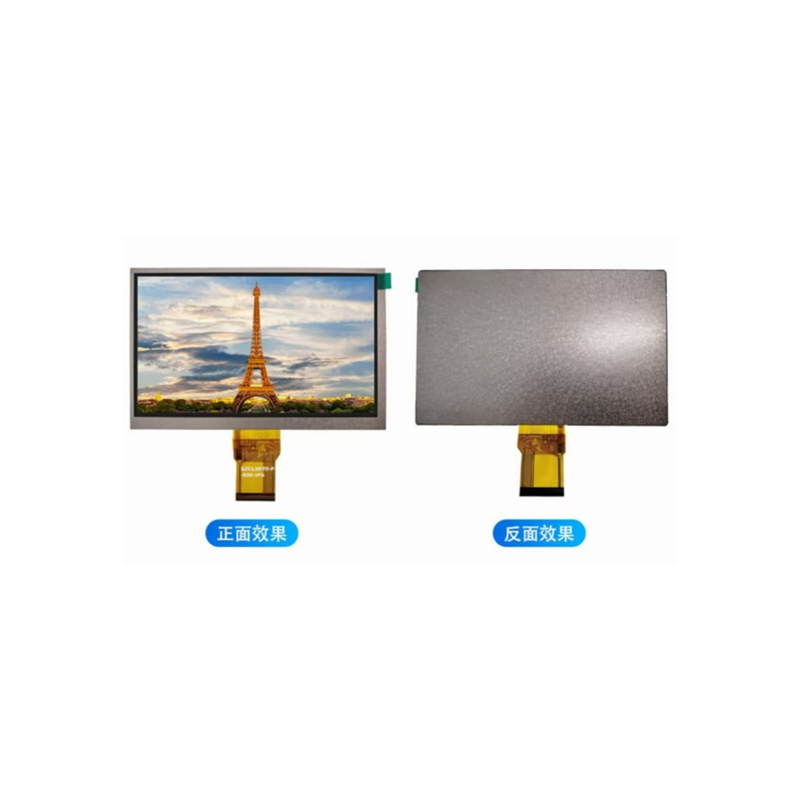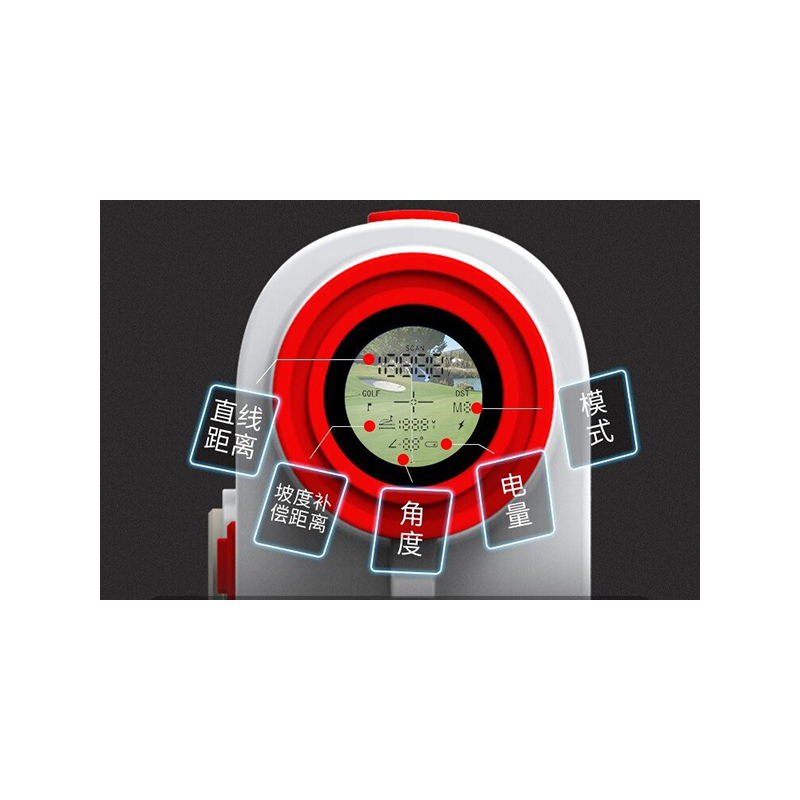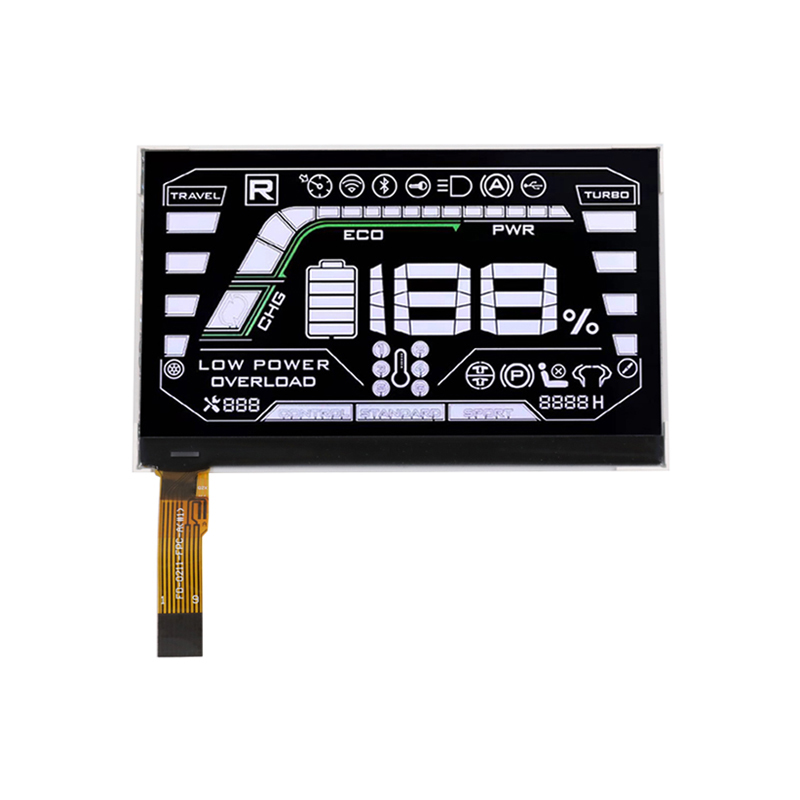This guide provides a detailed overview of Elevator LCD displays, helping you understand the various options, factors to consider, and best practices for selection and installation. We explore different screen sizes, resolutions, brightness levels, and functionalities to ensure you make an informed decision. Learn about the benefits of incorporating Elevator LCD technology and discover how to improve passenger experience and enhance building aesthetics.
Understanding Elevator LCD Displays
Types of Elevator LCD Screens
The market offers a variety of Elevator LCD screens, each with unique features and applications. Common types include:
- Standard LCD Screens: These offer a balance of performance and cost-effectiveness. They're suitable for basic information display such as floor indicators and advertisements.
- High-Brightness LCD Screens: Designed for environments with high ambient light, ensuring clear visibility even in brightly lit elevators. Ideal for showcasing vibrant images and videos.
- Touchscreen LCD Screens: Interactive displays allowing passengers to access information, make service requests, or interact with building systems.
Key Specifications to Consider
Choosing the right Elevator LCD requires careful consideration of several key specifications:
- Screen Size: Select a size appropriate for the elevator's dimensions and passenger capacity. Larger screens offer more space for information, but may not be suitable for smaller elevators.
- Resolution: Higher resolution provides sharper and clearer images and text. This is crucial for readability, especially in smaller screen sizes.
- Brightness: Brightness is critical, particularly for elevators with windows or high ambient light. Measured in cd/m2, higher values mean better visibility.
- Aspect Ratio: The ratio of width to height influences the layout and presentation of content. Common aspect ratios include 16:9 and 4:3.
- Durability: Look for screens with robust construction and protection against damage from vibration, impact, or temperature fluctuations.
Benefits of Installing Elevator LCD Displays
Modern Elevator LCD displays offer numerous advantages, including:
- Enhanced Passenger Experience: Providing entertainment, information, and convenience through dynamic content.
- Improved Building Aesthetics: Upgrading the look and feel of the elevator cabin, creating a modern and stylish atmosphere.
- Effective Advertising Opportunities: Generating revenue through targeted advertising campaigns displayed on the screens.
- Streamlined Communication: Displaying important announcements, safety instructions, or emergency information.
- Increased Property Value: Modernizing the building's amenities and enhancing its overall appeal.
Choosing the Right Supplier
Selecting a reliable supplier is vital for a successful installation. Consider factors such as:
- Experience and Reputation: Look for suppliers with proven experience in delivering high-quality Elevator LCD solutions.
- Product Quality and Warranty: Ensure that the displays are built to withstand the demands of elevator environments and come with a comprehensive warranty.
- Customer Support and Service: Reliable customer support is essential for resolving any issues or providing technical assistance after installation.
For high-quality Elevator LCD displays and exceptional customer service, consider Dalian Eastern Display Co., Ltd.. They offer a wide range of solutions to meet diverse needs.
Conclusion
Integrating Elevator LCD displays into your building offers a valuable opportunity to improve passenger experience, enhance aesthetics, and even generate revenue. By carefully considering the specifications discussed above and partnering with a reputable supplier, you can ensure a successful installation that meets your specific needs and budget. Remember to prioritize quality, durability, and excellent customer support when making your decision.
| Feature | Standard LCD | High-Brightness LCD |
| Brightness (cd/m2) | 300-500 | 800-1500+ |
| Suitable for | Low-ambient light elevators | Elevators with windows or high ambient light |
| Cost | Generally lower | Generally higher |













